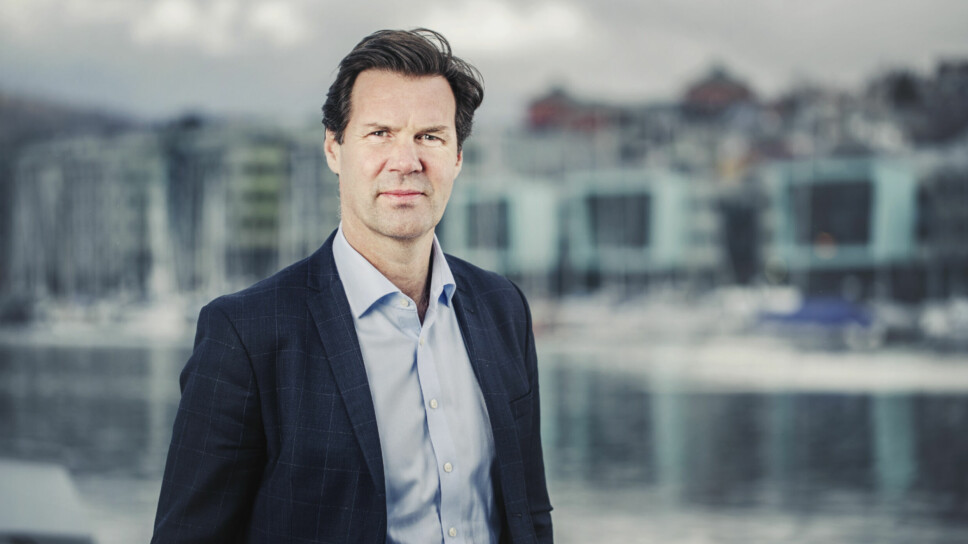Quarterly results

Record turnover for Scottish Sea Farms
co-owner Lerøy
Price will drop but underlying market is tight, says chief executive Henning Beltestadt
Scottish Sea Farms co-owner Lerøy Seafood Group recorded its highest ever quarterly turnover in Q2 2022 and increased operating profit by 58% of NOK 923 million compared to the same period last year.
Strong demand for seafood, including significantly better price achievement for the group’s main products, was the most important reason for improved earnings compared to the corresponding period last year, the company said in its quarterly update.
It was expected in advance that Lerøy’s turnover would be over NOK 6.1 billion, but the eventual figure was NOK 6.567 bn, up 24% on Q2 2021.
High demand
The aquaculture segment of the wild catch and fish farming company delivered an increased result in the quarter. The salmon price was also high in the second quarter, based on continued high demand and low supply.
Lerøy’s harvest volume was somewhat lower than in Q2 2021 but will increase in the second half of this year. Inflationary pressure in the economy as well as low harvest volume affect the development of costs.
The harvest volume of salmon and trout is estimated at 203,000 gutted weight tonnes for the current year, including Lerøy’s half share in Scottish Sea Farms, which expects to harvest 46,000 gwt.
Market is tight
“In the second half of 2022, the harvested volume of salmon and trout will increase. As usual, we have a seasonal decline in prices in the second half of the year, but the underlying market is tight, and we still expect good earnings in aquaculture,” said Lerøy chief executive Henning Beltestad.
Extreme price developments for seafood and cost inflation in virtually all input factors characterised the results in the value-added processing (VAP), sales and distribution segment, said the company. The group delivers a large proportion of its products on contracts to strategic customers in the end markets, and Lerøy said it takes time to fully reflect higher prices and cost inflation on input factors, such as transport costs, in the markets.
Cost inflation
“Lerøy has developed long-term relationships with a number of strategic customers. This ensures stability and is a prerequisite for building the world’s most efficient and sustainable value chain for seafood,” said Beltestad.
“However, it will take time before recent cost inflation is fully reflected in the value chain. This affects earnings in VAP, sales, and distribution negatively, but the long-term picture has not changed. We expect gradual improvement throughout the second half of the year.
“The global economy is certainly characterised by uncertain prospects, but history has shown that seafood markets hold up well, even in bad times.”
Lerøy is organising capital markets day for the first time, on September 22-23 this year.
“We look forward to giving investors, analysts and other stakeholders a deep dive into our strategy and aquaculture, as well as showing parts of our great value chain in practice,” said Beltestad.